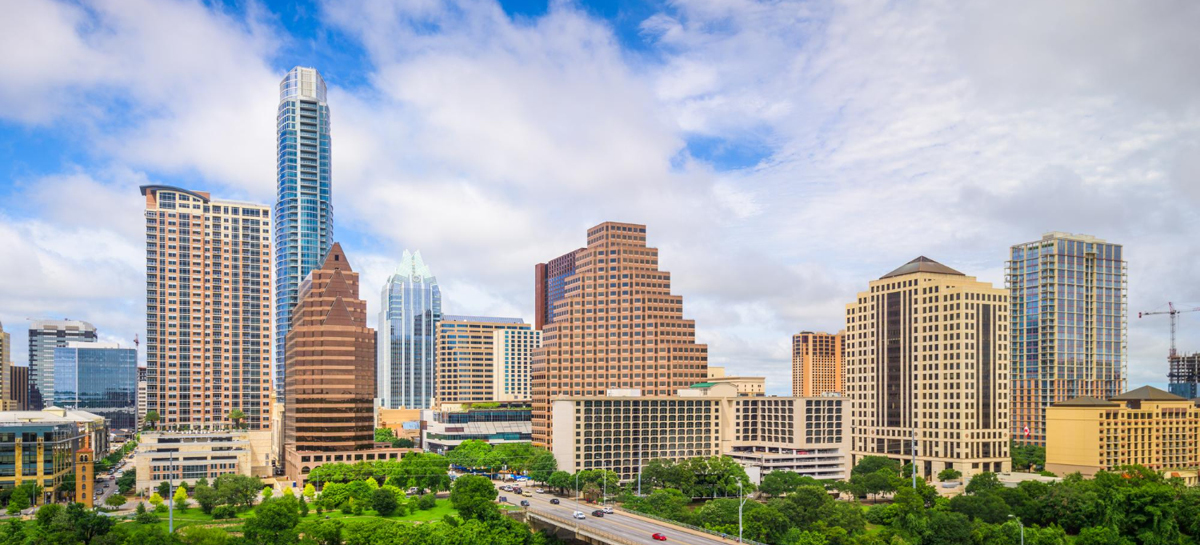Durga puja is a public affair, and for many it is a private one. Some families have been organising their own puja for generations. Our member Ms J. Chatterjee speaks about the tradition of the 100-year-old puja in her family.
This is the 100th year of the puja at our house. The house is undergoing repairs, and bit by bit it is getting a new coat of paint. I am looking forward to the days of festivity when the women of the house will light up the house in their wonderful saris, the men in their dhotis and kurtas.
The Chattopadhyay family Durga puja was initiated by my father-in-law and his brothers in 1925. My father-in-law, late Suresh Chandra Chattopadhyay, was a freedom fighter and revolutionary leader during the British rule. Back then there used to be a community puja in our neighbourhood. Once, for some reason, he was humiliated there due to some disagreement. He convinced his elder brother, late Ramchandra Chattopadhyay, to start their own puja so that the Chattopadhyay family would never be deprived of festive cheer.
Originally our puja would be conducted in a room. In later years the brothers built a ?????? ?????, an arched portico, for the main worship, and shifted the puja here.
My son, who lives in America with his family, will be visiting us during the puja days.
Nowadays we don’t step out to see other pujas in the city. Some of the other members of the family, who are settled in America, Canada, Dubai, and Mumbai, are going to congregate for the celebrations after a long time. Thanks to my father-in-law and his brothers, we can celebrate with our near and dear ones.
The flurry of activities reaches a peak on Ashtami, when the devotees break their day-long fast with a feast. While our puja is an intimate family affair, the feast involves several invitees. Cooks are hired for this occasion and the kitchen is up and running throughout the day. Regardless of religion or caste, no one is sent away on an empty stomach. While the feast is predominantly vegetarian fare, the women of the house prepare a fish curry as part of the ????.
The days of the puja bring us such joy that we become sad when the mother goddess leaves us. For the immersion of the idols, we walk down the street to the Ganga. The holy river is just five minutes away from us. As the idols are sent back to the clay from which they were made, we begin dreaming of the coming year when we shall be together and the house will brighten up again.
(As narrated to Support Elders by our member)
Categories

